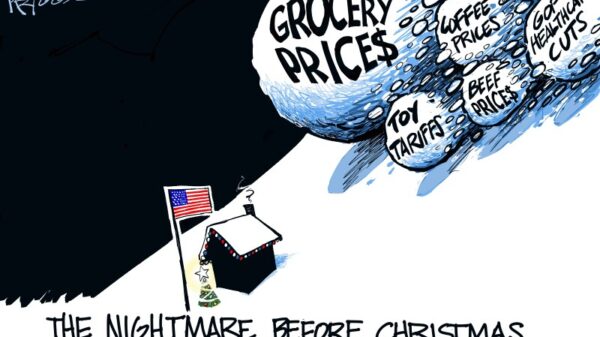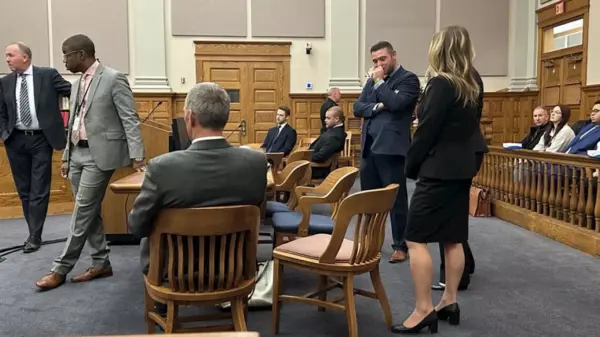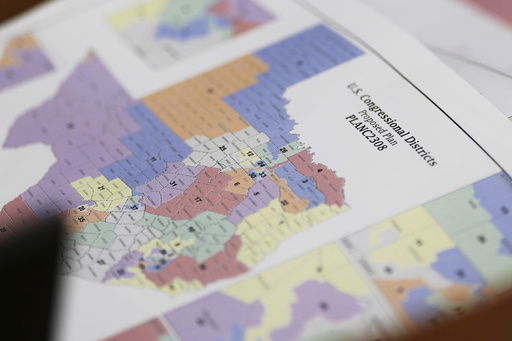The Associated Press (AP) conducted an analysis of partisan advantages in the United States House of Representatives, utilizing an “efficiency gap” approach. This method, developed by researcher Eric McGhee from the nonpartisan Public Policy Institute of California and Harvard Law School professor Nick Stephanopoulos, examines congressional elections from the year 2024 and several recent presidential election cycles.
The efficiency gap analysis identifies states where one political party demonstrates significant effectiveness in converting votes into legislative victories. A larger efficiency gap indicates a greater advantage for either the Democratic or Republican party, based on the manner in which district boundaries have been delineated. This formula also assesses the number of “excess seats” a party secures, exceeding what would be expected based on their percentage of the total vote.
To calculate the efficiency gap, the analysis focuses on the votes received by Democrats and Republicans within each district while excluding independent and third-party candidates. In instances where a major party candidate faced no opposition, the AP adopted the vote share of each party’s presidential candidate in the relevant district. The creators of the efficiency gap formula advise against assuming complete support for a political party, suggesting that analysts should estimate outcomes based on potential voter choices. Presidential votes are considered reliable indicators, as they tend to align closely with congressional voting patterns.
Understanding the efficiency gap is crucial, as it highlights partisan advantages that may indicate deliberate political gerrymandering employed by those responsible for drawing district lines. Nonetheless, it is important to recognize that a state’s districting may also reflect a natural partisan tilt, stemming from geographic concentrations of like-minded voters.
The AP’s analysis provides valuable insights into how electoral boundaries impact the political landscape. By examining the efficiency gap, the public can better understand the implications of districting decisions and their effects on electoral outcomes in the United States.





































































